Tying The Improved Clinch Knot with Photos Illustrated with Step-By-Step Instructions
The Improved Clinch Knot is basically an extended modified version of the regular clinch knot, but a little better.
This fishing knot is tied the exact same way as the clinch knot, except there is one more step involved. The tag end is sent through one more loop hole before being cinched down.
This helps to reinforce the strength of the knot and the slippage factor.
My method of thinking is that if you are going to tie a regular clinch knot anyway, why not put the tag end back through the other loop before cinching it down. I mean, it really doesn't take that much longer, and you'll have a better knot.
Uses For The Improvised Clinch Knot
This fishing knot is most commonly used for tying and securing the fishing line to fishing lures, hooks, flies, as well as swivels and clasps.
This knot is great to tie with monofilament fishing line up to 30 pound test. For heavier fishing line above 30 pound test, it will be better to use just 3 or 4 wraps around the standing line as illustrated in the instructions below, as opposed to 5 wraps. Also, this is not a good fishing knot for braided line.
Improved Clinch Knot Instructions
Steps For Tying The Improved Clinch:
1. Insert and pass the tag end of the line through the eye of the hook, lure or swivel.
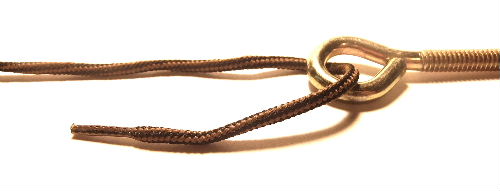
2. Wrap the tag end over the standing main line about 5 times. You can also grasp the fishing line in one hand and twist the hook end a few times with the other. Whichever way is easier for you, either way will work fine.
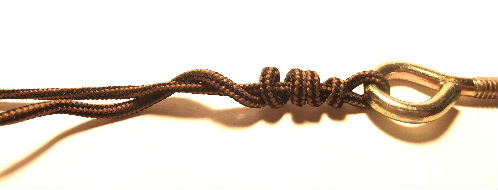
3. Insert the tag end through the loop hole closest to the eye of the hook, lure or swivel.
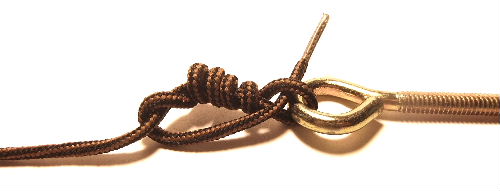
4. Pass it through and bring it back around through the loop that was just made from the tag end, which is between that line and the wraps.
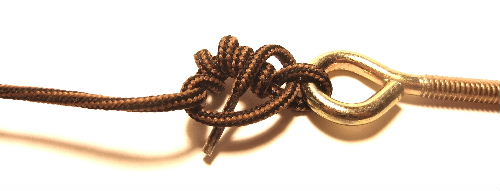
5. Begin to cinch it down. Moisten the knotted area and pull the lines firm and steady to get a secure improved clinch knot. Then clip the excess line from the tag end.

That's a fairly simple fishing knot to tie, right? It's quite easy and fairly strong too.
Well, you should be just about all set to handle your business out there on the water now. And now that you've improved your knot tying skills, it's time for a little freshwater fishing to improve your fish catching skills... Get naughty and knot 'em up!
Fishing Knot Guide Books, Instruction Videos, Kindle
Editions and Waterproof Knot Cards
If you're serious about fishing, it's a good idea to learn
about which knots are best to use and for what.
Books and videos are perfect just for that. It can also be just as
helpful to carry a set of waterproof knot tying instructions with yourself
out on the water.




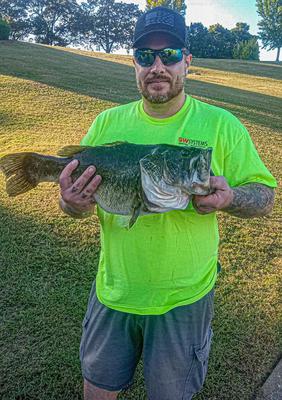
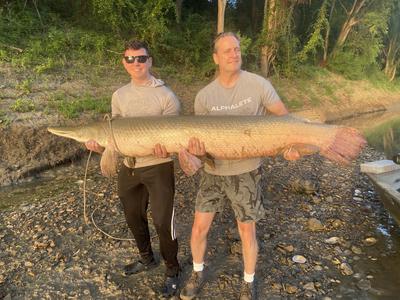
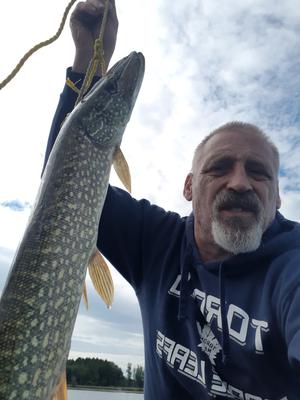
Facebook Comments
Leave a comment, question or tip in the box below.